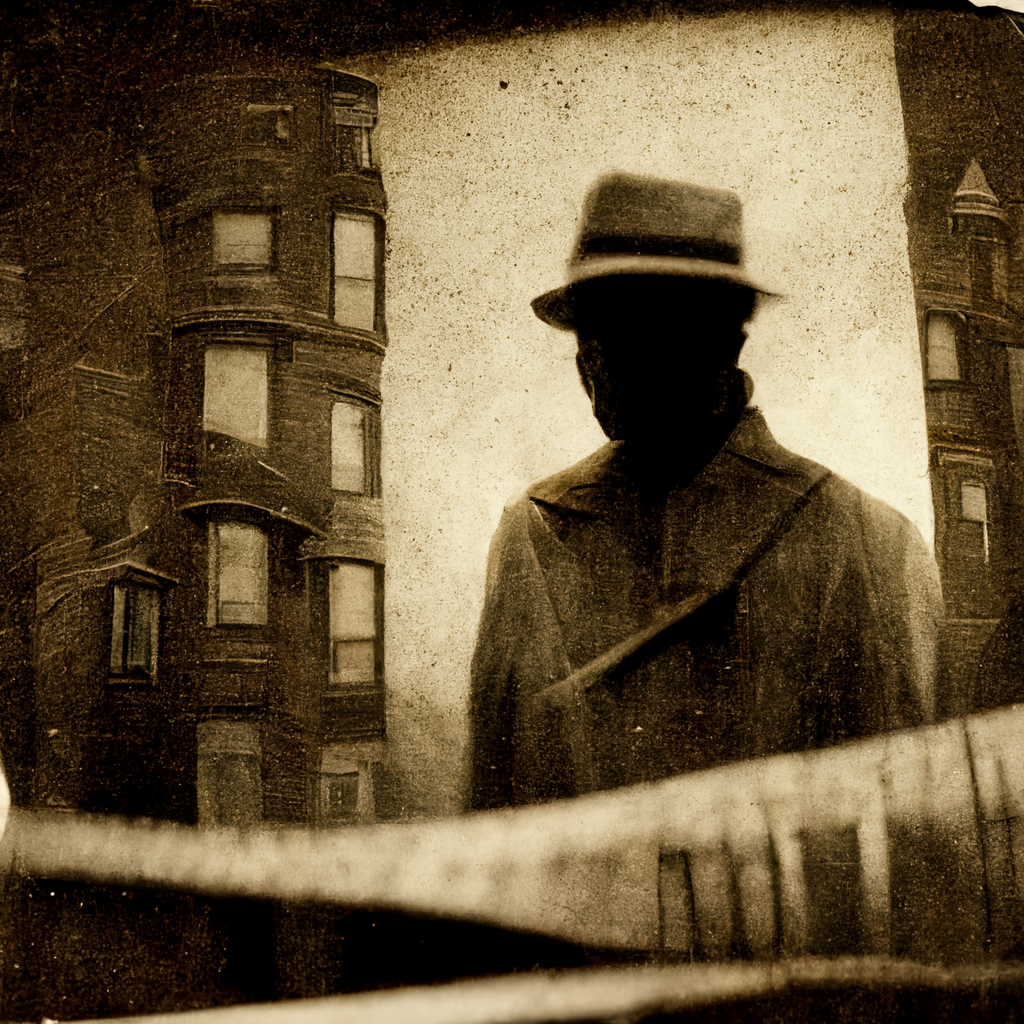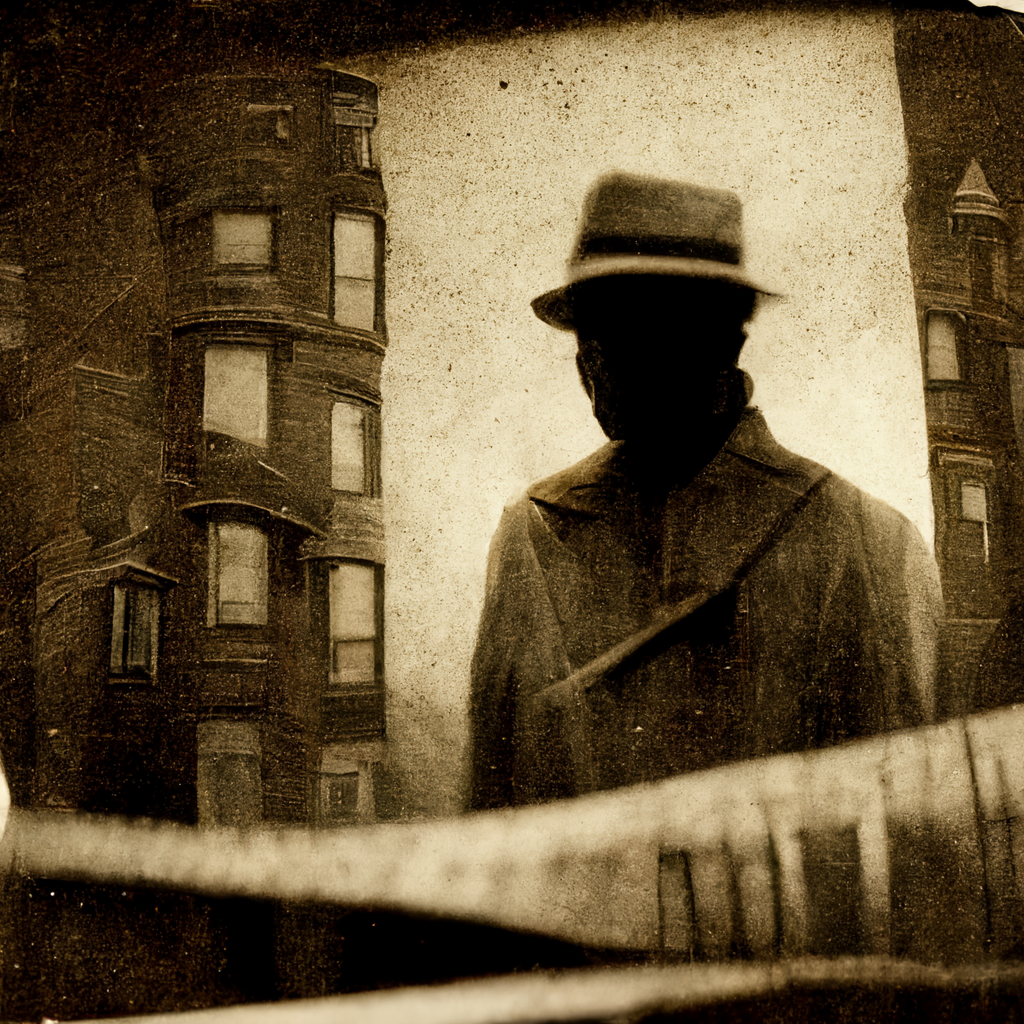
It is the early 1960s, and the city of Boston is in the grip of a terrifying crime wave. Over the course of several years, a series of women are found murdered in their homes, each with signs of sexual assault. The killings seem random and motiveless, and the police are at a loss for leads.
Panic Grips the City
As the body count continues to rise, fear and panic grip the city. The killer becomes known as the Boston Strangler, and the case becomes one of the most infamous unsolved mysteries in American history.
As the investigation continues, the police struggle to find any concrete evidence or leads. The killer’s modus operandi seems to change with each attack, making it difficult to pinpoint a motive or identify a suspect.
A Man Confesses
But then, in 1964, a suspect is finally arrested: a man named Albert DeSalvo, who confesses to being the Boston Strangler. DeSalvo is eventually convicted and sentenced to life in prison, but many people remain skeptical of his guilt. Some believe that he was coerced into confessing, while others argue that he was simply trying to gain notoriety.
To this day, the true identity of the Boston Strangler remains a mystery. Was DeSalvo really the killer, or was he just a pawn in a larger conspiracy? Did the police catch the real perpetrator, or did they simply close the case to quell the public’s fear?
To Seek the Truth
The Boston Strangler case is a reminder that even in the face of overwhelming evidence, there are always questions that remain unanswered. It is a testament to the enduring power of the human spirit to seek the truth, no matter how elusive it may seem.

